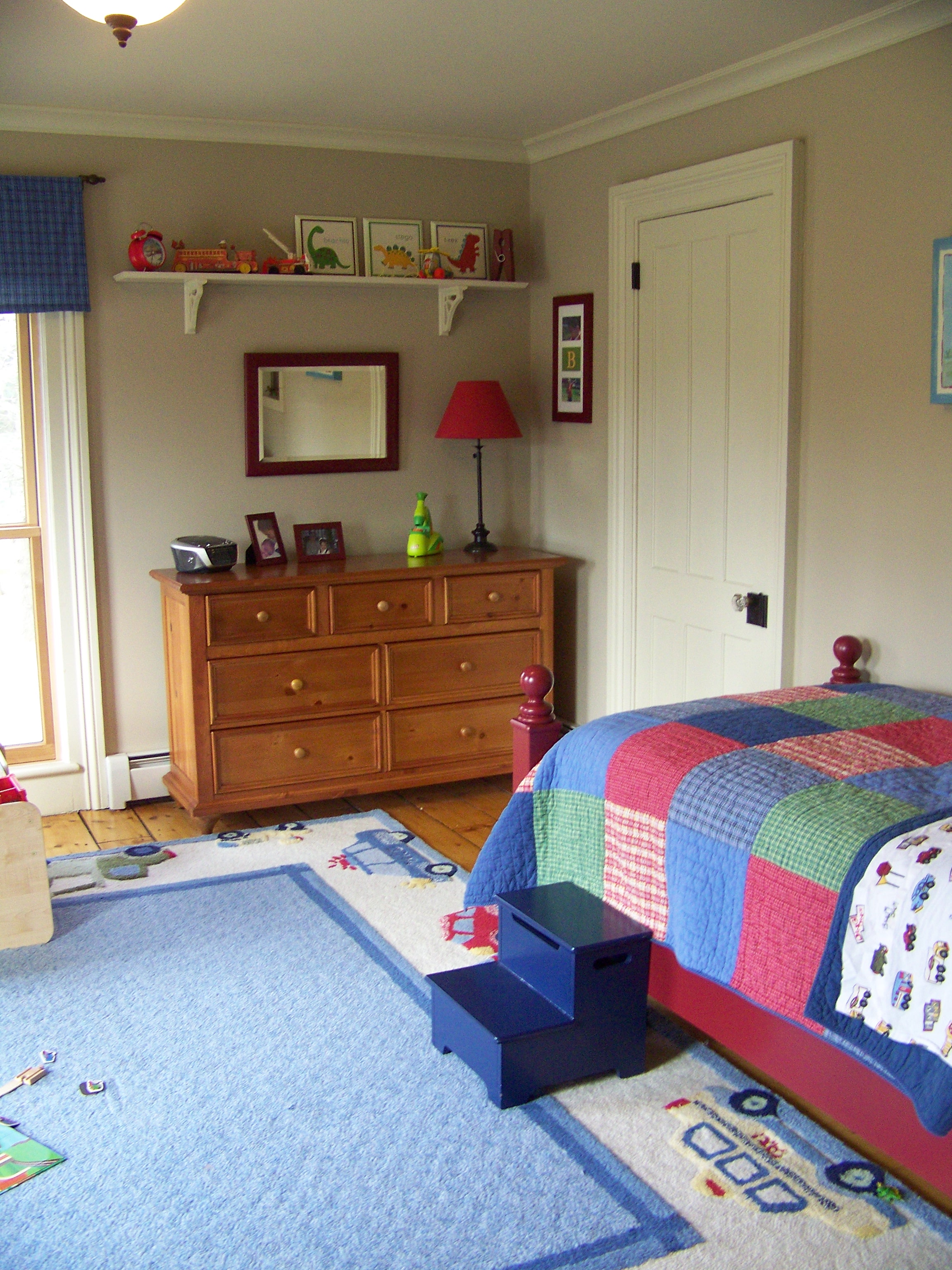Grow an upright or columnar shrub variety such as sky box® (pictured), ‘blue princess’ or english holly ( i. Fences make good neighbors, but so do trees and shrubs — at least trees and shrubs acting as fences!
Best Privacy Bushes, Arborvitae, juniper, and holly will be considered below, as examples of tall, medium, and small evergreen shrubs suitable for privacy screens. It requires good drainage, and it will not do great in cold weather, so make sure to consider that before choosing it.

Cherry laurel (prunus laurocerasus) —excellent flowering evergreen privacy shrub with large dark green leaves that are perfect for windbreaks and privacy screens in your yard. Top 10 trees & shrubs for a privacy hedge. The problem with this is they will loose their leaves in the winter and, depending where you live, that could be 6 months or more. This broadleaf evergreen shrub’s dark green leaves produce.
American arborvitae ( thuja occidentalis) arborvitae trees and shrubs are commonly used as hedges and privacy screens.
If you’re looking for significant height, consider american arborvitae (thuja occidentalis), which can grow 20 to 40 feet tall. To ensure your shrub gets a good start, choose varieties that work in your usda hardiness zone. We�ve seen other lists compiled by other sources that include deciduous shrubs and trees. While there are numerous euonymus varieties, the consuming shrub is the most famous. Goldstrike� and �maculata.� this laurel likes moist soil but can handle periodic dry spells. This is another soft neighbor hider that is just see though enough for a wave, but not a let’s hangout 🙂 sandankwa, sweet, and spring bouquet viburnum are great choices for hardiness zone 8a/b.
 Source: greensideupgifts.com
Source: greensideupgifts.com
First and foremost, for most people, the best shrubs for privacy are evergreen. They are best used for planting in late fall or early spring. For the best results, plant in full sun, but generally appreciates some light afternoon shade in hot summer climates. This shrub trims into a medium to large bush or hedge and is frequently used as.
 Source: garden.lovetoknow.com
Source: garden.lovetoknow.com
While an impressive fence does provide a welcome sense of privacy, even the nicest ones can have the unfortunate effect of shouting “keep out”. Train climbing roses over fences, walls, pergolas and gazebos. A nice, evenly paced growth shrub might include: Forsythia bushes can be used to create a living privacy wall or used for erosion control. Forsythia are wonderful.
 Source: hortzone.com
Source: hortzone.com
Highly ornamental berries develop in fall, lasting through the winter. Wax myrtle (myrica cerifera) what are the best hedges for privacy? The leaves of this plant are inverse and ovoid. It offers lush, green foliage in the spring and summer and copper fall color that persists through the winter. The elaeagnus, wax leaf ligustrum and the chinese photinia are the.
 Source: gardentabs.com
Source: gardentabs.com
Euonymus is a privacy shrub that comes in many sizes and colors, including green, gold, and variegated varieties. The best privacy hedges are: Buxus sinica insularis growth rate: Grow an upright or columnar shrub variety such as sky box® (pictured), ‘blue princess’ or english holly ( i. This is a very ornamental bush that many choose to use as an.
 Source: growbeautifully.monrovia.com
Source: growbeautifully.monrovia.com
Fences make good neighbors, but so do trees and shrubs — at least trees and shrubs acting as fences! Top 10 trees & shrubs for a privacy hedge. Aquifolium ) as evergreen screening or hedging along a property line or fence. They grow best in zone six with full sun, and they can offer a lot of privacy for your.
 Source: pinterest.com
Source: pinterest.com
This deciduous shrub grows 8 to 15 feet tall and will spread slowly as additional shoots grow. For the best results, plant in full sun, but generally appreciates some light afternoon shade in hot summer climates. To ensure your shrub gets a good start, choose varieties that work in your usda hardiness zone. They can grow almost anywhere. This is.
 Source: mymove.com
Source: mymove.com
Arborvitae, juniper, and holly will be considered below, as examples of tall, medium, and small evergreen shrubs suitable for privacy screens. Highly ornamental berries develop in fall, lasting through the winter. They are best used for planting in late fall or early spring. You can prune it as desired. Train climbing roses over fences, walls, pergolas and gazebos.
 Source: hunker.com
Source: hunker.com
Pineapple guava (acca sellowiana) is a good choice for those wanting an attractive flowering shrub that offers the bonus of edible fruit, as well as making an attractive hedge or privacy screen. They grow best in zone six with full sun, and they can offer a lot of privacy for your home. The leaves of this plant are inverse and.
 Source: almanac.com
Source: almanac.com
There are many reasons why people like using trees and shrubs in their backyards, and one of the main reasons is privacy screening, with the plants acting as a physical and visual barrier. American arborvitae (thuja occidentalis) —this conifer is a popular tree hedge for keeping yards secluded. They are best used for planting in late fall or early spring..
 Source: progardentips.com
Source: progardentips.com
American arborvitae (thuja occidentalis) —this conifer is a popular tree hedge for keeping yards secluded. These dense outdoor plants — including camellias, boxwoods, and many more — are some of the best shrubs for privacy and to help protect your space. If you want a bush that is more compact and do not mind waiting a bit longer, �emerald green�.
 Source: thespruce.com
Source: thespruce.com
What are the best hedges for privacy? Moderately slow — about 12 inches per year. If you want a bush that is more compact and do not mind waiting a bit longer, �emerald green� arborvitae is a better option. They are best used for planting in late fall or early spring. Aquifolium ) as evergreen screening or hedging along a.
 Source: gardeningknowhow.com
Source: gardeningknowhow.com
A nice, evenly paced growth shrub might include: The elaeagnus, wax leaf ligustrum and the chinese photinia are the most reliable and easy growing privacy screening shrubs. Arborvitae, juniper, and holly will be considered below, as examples of tall, medium, and small evergreen shrubs suitable for privacy screens. Moderately slow — about 12 inches per year. Euonymus is a privacy.
 Source: truesdalelandscaping.com
Source: truesdalelandscaping.com
American arborvitae (thuja occidentalis) —this conifer is a popular tree hedge for keeping yards secluded. Then dig a hole twice as. While there are numerous euonymus varieties, the consuming shrub is the most famous. This tall and sturdy shrub tolerates all types of weather and even poor soils. They are best used for planting in late fall or early spring.
 Source: pinterest.com
Source: pinterest.com
Likewise, what shrubs make the best privacy fence? There are many reasons why people like using trees and shrubs in their backyards, and one of the main reasons is privacy screening, with the plants acting as a physical and visual barrier. The leaves of this plant are inverse and ovoid. This is another soft neighbor hider that is just see.
 Source: progardentips.com
Source: progardentips.com
American arborvitae (thuja occidentalis) —this conifer is a popular tree hedge for keeping yards secluded. A nice, evenly paced growth shrub might include: It offers lush, green foliage in the spring and summer and copper fall color that persists through the winter. You can prune it as desired. What are the best hedges for privacy?
 Source: pinterest.co.uk
Source: pinterest.co.uk
This shrub trims into a medium to large bush or hedge and is frequently used as a vine to cover posts or fences. Moderately slow — about 12 inches per year. This is a very ornamental bush that many choose to use as an edging option for their outdoor space. For the best results, plant in full sun, but generally.
 Source: greenearth-landscapes.com
Source: greenearth-landscapes.com
While there are numerous euonymus varieties, the consuming shrub is the most famous. Buxus sinica insularis growth rate: It requires good drainage, and it will not do great in cold weather, so make sure to consider that before choosing it. You can prune it as desired. Highly ornamental berries develop in fall, lasting through the winter.
 Source: expressnews.com
Source: expressnews.com
This is another soft neighbor hider that is just see though enough for a wave, but not a let’s hangout 🙂 sandankwa, sweet, and spring bouquet viburnum are great choices for hardiness zone 8a/b. Forsythia bushes can be used to create a living privacy wall or used for erosion control. This tall and sturdy shrub tolerates all types of weather.
 Source: pinterest.com
Source: pinterest.com
To ensure your shrub gets a good start, choose varieties that work in your usda hardiness zone. The leaves of this plant are inverse and ovoid. While there are numerous euonymus varieties, the consuming shrub is the most famous. While an impressive fence does provide a welcome sense of privacy, even the nicest ones can have the unfortunate effect of.
 Source: gardenloversclub.com
Source: gardenloversclub.com
Cherry laurel (prunus laurocerasus) —excellent flowering evergreen privacy shrub with large dark green leaves that are perfect for windbreaks and privacy screens in your yard. Forsythia are wonderful for creating borders, and they are also great for hanging from trees. This deciduous shrub grows 8 to 15 feet tall and will spread slowly as additional shoots grow. It is a.
 Source: bobvila.com
Source: bobvila.com
For the best results, plant in full sun, but generally appreciates some light afternoon shade in hot summer climates. Cherry laurel (prunus laurocerasus) —excellent flowering evergreen privacy shrub with large dark green leaves that are perfect for windbreaks and privacy screens in your yard. American arborvitae ( thuja occidentalis) arborvitae trees and shrubs are commonly used as hedges and privacy.
 Source: gardenmandy.com
Source: gardenmandy.com
Sweet olive (osmanthus fragrans) trees; While there are numerous euonymus varieties, the consuming shrub is the most famous. These dense outdoor plants — including camellias, boxwoods, and many more — are some of the best shrubs for privacy and to help protect your space. You can prune it as desired. Cherry laurel (prunus laurocerasus) —excellent flowering evergreen privacy shrub with.
 Source: gardengoodsdirect.com
Source: gardengoodsdirect.com
It requires good drainage, and it will not do great in cold weather, so make sure to consider that before choosing it. A nice, evenly paced growth shrub might include: There are many reasons why people like using trees and shrubs in their backyards, and one of the main reasons is privacy screening, with the plants acting as a physical.
 Source: plantsforallseasons.com
Source: plantsforallseasons.com
This tall and sturdy shrub tolerates all types of weather and even poor soils. A nice, evenly paced growth shrub might include: Grow an upright or columnar shrub variety such as sky box® (pictured), ‘blue princess’ or english holly ( i. Then dig a hole twice as. For the best results, plant in full sun, but generally appreciates some light.
 Source: paten45a.blogspot.com
Source: paten45a.blogspot.com
Sweet olive (osmanthus fragrans) trees; First and foremost, for most people, the best shrubs for privacy are evergreen. While an impressive fence does provide a welcome sense of privacy, even the nicest ones can have the unfortunate effect of shouting “keep out”. Highly ornamental berries develop in fall, lasting through the winter. If you want a bush that is more.








